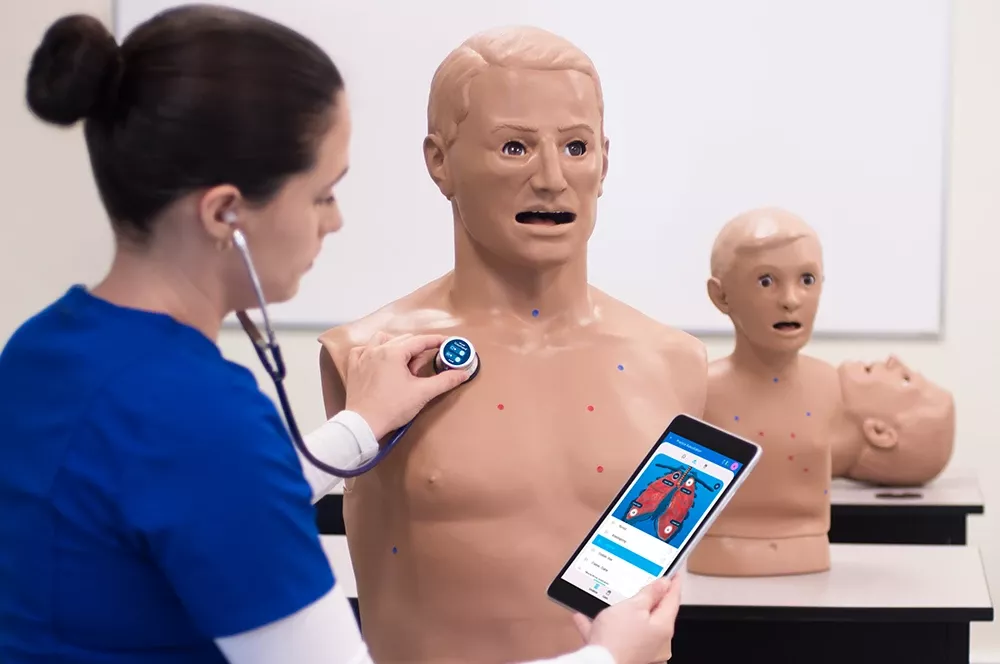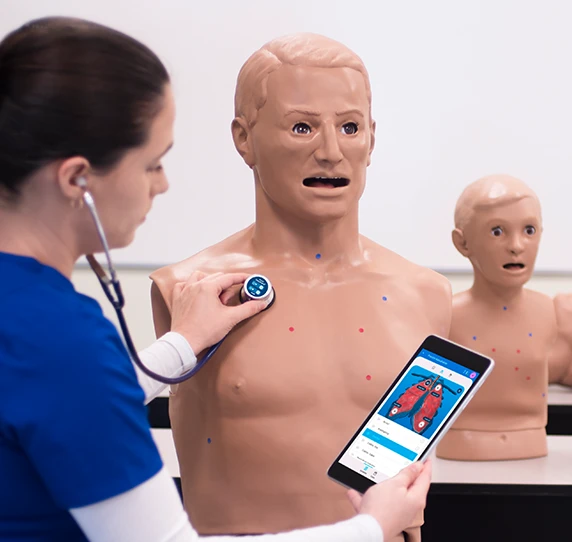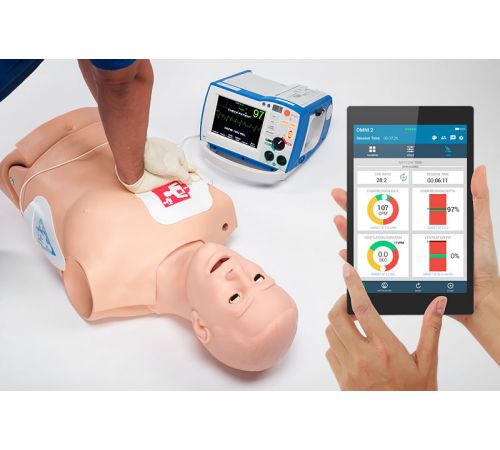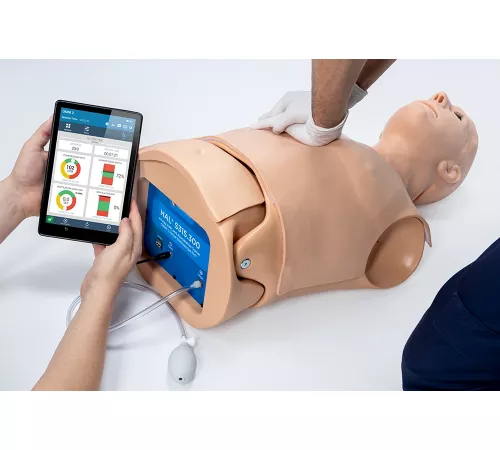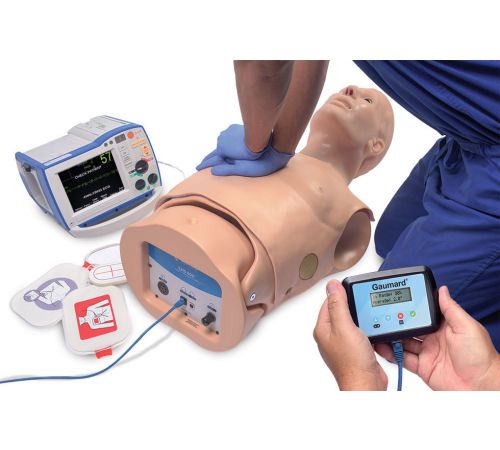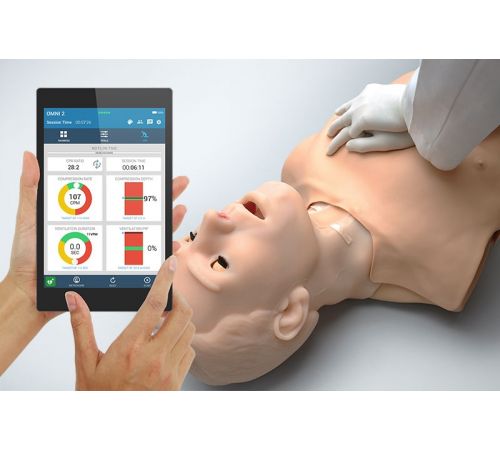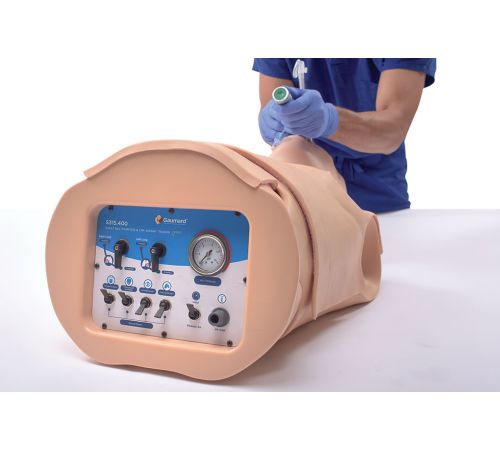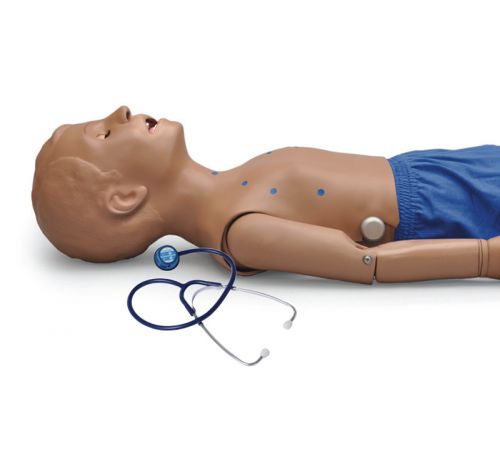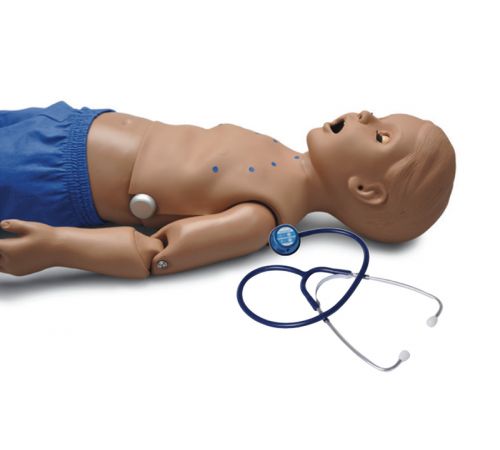HAL® S315.200 - Adult Auscultation Trainer with Virtual Stethoscope Pro™
The HAL® S315.200 Adult Auscultation Trainer with Virtual Stethoscope Pro™ delivers the best value in auscultation training by combining high-quality sounds, precise anatomical fidelity, and an interactive learning experience into a versatile, app-enabled solution. Designed to enhance learning through a multimodal, hands-on approach, HAL empowers students to develop essential auscultation skills using a comprehensive sound library and dynamic training modules.

